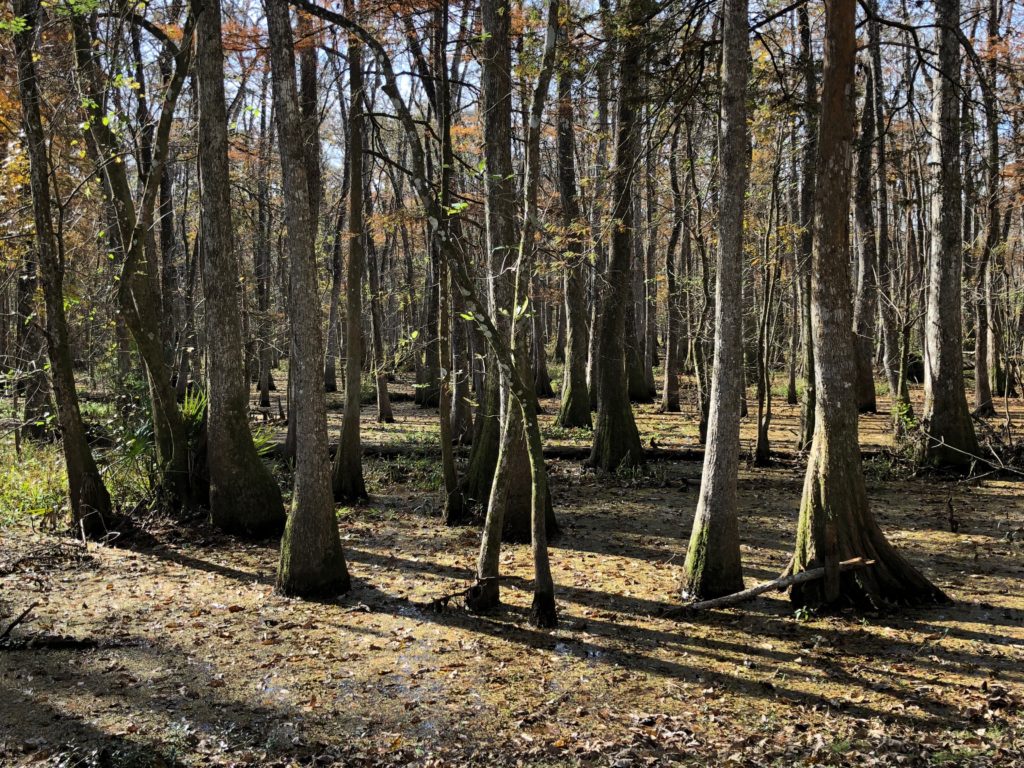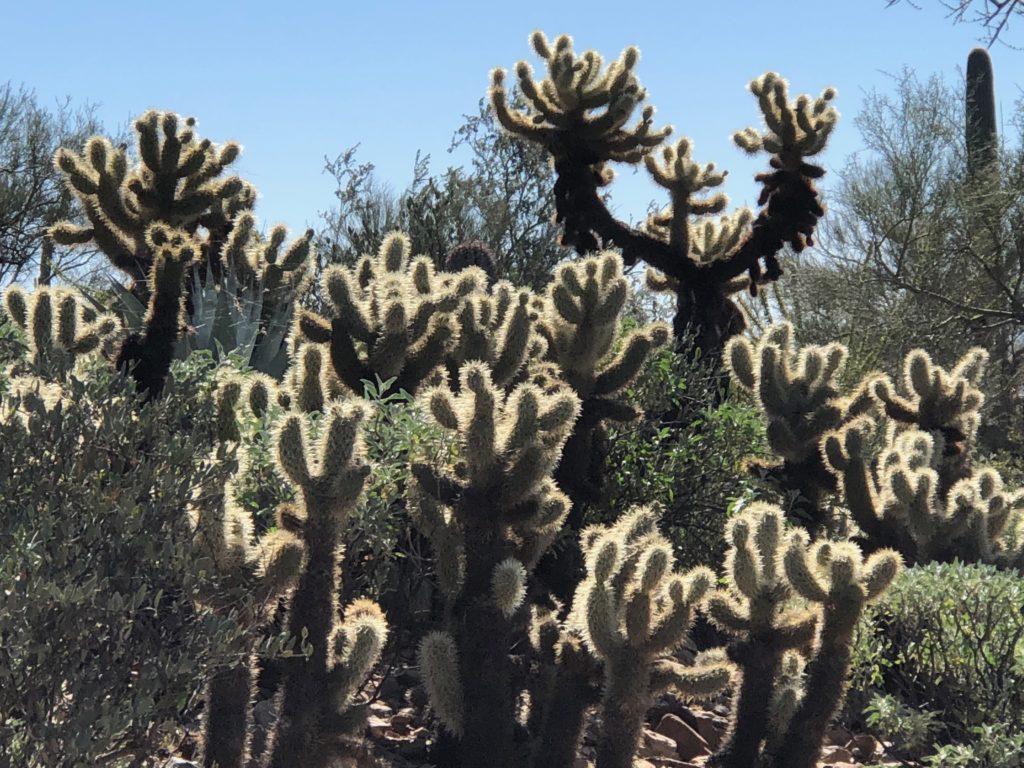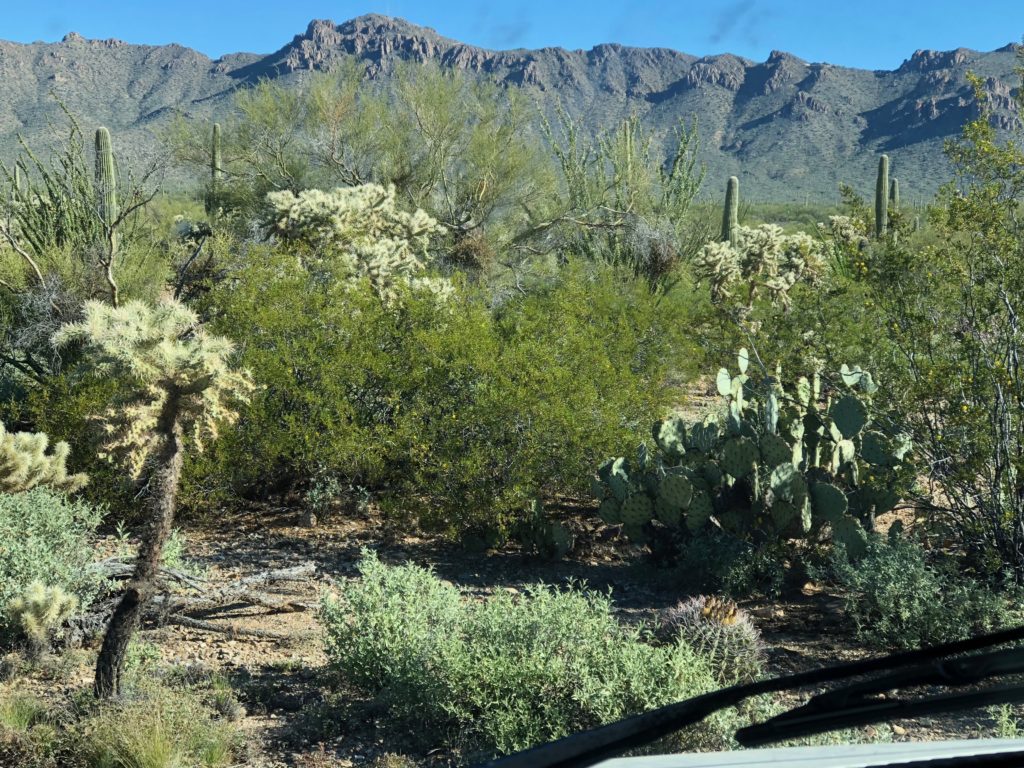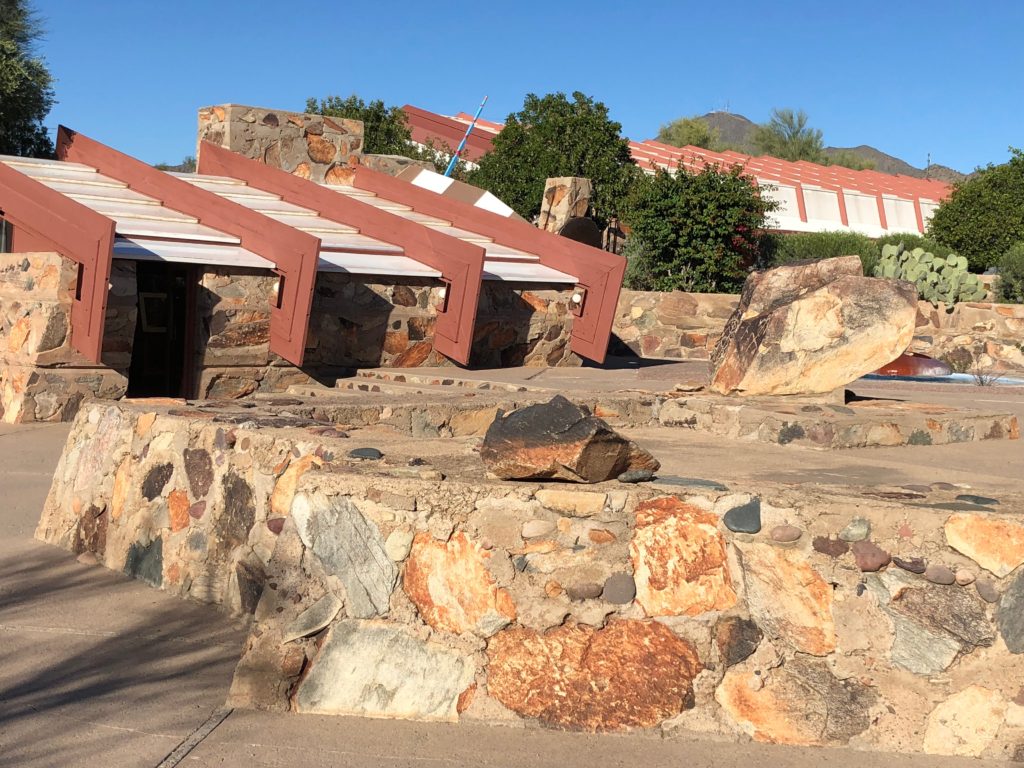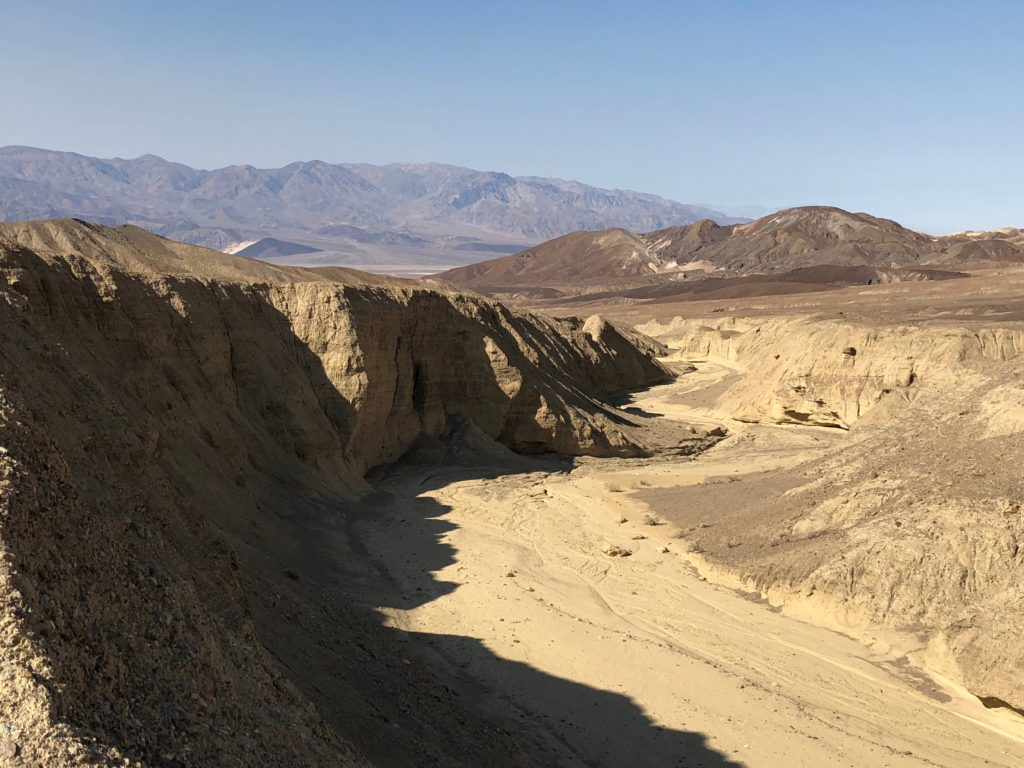To my family Jan 22 — When I retired I told my staff I’d listed all the things I wanted to do and had discovered I’d be 145 years old before I finished. So it’s quite an adjustment after a long and mostly very active life to get used to being unable to do almost any practical project.
It’s usually not frustrating or disappointing, just a big change and I’m used to those. I’ve always enjoyed reading so now I do more. I’ve also started watching opera on YouTube in the evenings and I’m enjoying that, too.
If it becomes too hard to read or operate my phone and computer I’ll do more Buddhist practice and I’ll keep doing it in my practice room for as long as I can climb the stairs. I’ve reestablished one hour-long session per day. Two would be better but I’m more tired than before our road trip.
I’ve been tired ever since we got home. I’m pretty sure I caught the bug that was making Felicity tired but I suspect I’m mainly at a new level of weakness.
It’s two and a half years since my first symptoms and the life expectancy of ALS patients averages two to five years so it would be surprising if my body kept going for more than another year or two and for sure it will continue to lose function, so I’ve been giving that some thought.
I had the feeding tube installed a year ago because I was still relatively strong but I doubt I will want more such things to prolong a life that will become more and more of a burden for Felicity and less and less happy making.
I was just put me in touch with a guy who has ALS and is taking Radicava infusions. We’ve had ALS about the same length of time but his symptoms are progressing more slowly, which he attributes to the drug. Symptoms for ALS patients progress at different rates, though.
My neurologist did not recommend Radicava for me because it has been proven only to help patients in the early stages and it only slowed things a little even for them. I decided against it because it is administered by infusions and it costs $150,000 a year.
I’ve already lost much quality of life and I didn’t want to lose more with the infusions. Also, Felicity may need that money and if she doesn’t I’d rather it helped fund our grandkids’ education.
Perhaps Medicare would pay but that doesn’t feel right when at the very best it would only delay my death a little bit. The huge cost of that would fall on everyone who contributes to Medicare.
There’s a lot more to think through. We must both make our treatment wishes more detailed. What would I want done or not done if I’m seriously enfeebled but my heart could be kept beating longer by some intervention? We’ll try to be specific about that ahead of time.
At what point should I move to a hospice and which one, or could I get hospice care at home? Much better to die at home because hospice staff are not required to attempt violent resuscitation. Ambulance and hospital staff have no choice unless I make an advance directive and it’s readily accessible when needed.
I hope these thoughts don’t make you sad. I’ve said before how unhealthy it is to avoid talking about painful topics. How can we know how to act most lovingly if we don’t share our ideas and feelings about how best to respond to what is inevitable?
To my family Feb 2 – I keep rediscovering that it’s impossible for an ALS patient to know for sure how they’re doing. I’m as weak physically as I was at the start of the month and I might be weaker but I have more mental energy so I’m less constrained by my physical weakness
Especially this week, the second week of Doma’s visit here, I’ve been able to spend long hours at my computer helping her find a job and establishing a tracking system so David, Ilana and our friend Dean can keep track of all the contacts we make in this project and don’t miss any follow up actions. I couldn’t do much except read novels the first half of the month.
Is the difference that I caught the bug that made Felicity so tired and now I’ve recovered? Or am I feeling better because I’m doing something productive. Was I depressed before and didn’t recognize it? All the above? No way to know, but I did catch the bug.
What’s very good about ALS is it forces you to recognize that your life will soon end — it always could have ended at any moment — and it gives you enough time to prepare.
Felicity and I are also blessed to have an extremely thoughtful and kind hospital nurse for terminally ill children as a daughter-in-law. Julie strongly recommended Caitlin Doughty’s “Smoke Gets in Your Eyes” to her Facebook friends. We got a copy and learned much that we didn’t know.
We now know it’s possible to have a Green Burial. My body doesn’t have to be embalmed and buried in an impenetrable box. It can be a source of nourishment for other beings. I like that. Felicity found a Green Burial cemetery nearby and we’re going there for a seminar in April.
We also discovered it isn’t necessary for a funeral home to be involved at all. You could say your farewells to me in our home, not some anonymous place where odd music plays and strangers simulate mournfulness.
Julie also helped us see there are more scenarios to consider than just the ones covered by a “do not resuscitate” advance directive. Thank you again so much, Julie.
Most ALS patients die because their breathing fails. Unless I establish a “do not intubate” directive, emergency workers would insert a tube down my throat and force air into my lungs mechanically. I could be kept alive that way for a very long time. I wouldn’t want that for either of us to endure and there are other possible situations Felicity and I must plan for. We’re lucky to have enough time for that as well as for more fun things.
If I am buried from home I may have to give up on something I promised. My Tibetan Buddhist teacher once mentioned that it’s hard these days to get human skull caps that are used as bowls in some ritual ceremonies or thigh bones that are used as trumpets. The next year I asked if he would like mine. He said he would and I felt honored.
Felicity has always worried about the logistics of getting that done but she is of course supportive. What might have been possible to arrange at a funeral home may not be possible if I am buried from home.
My teacher offered to send a lama to perform the traditional practices just before and after I die. I’d have to be at home for that, anyway, but it’s unlikely we will know when I’m close enough to death to call for the lama. I have more research to do to know what’s practical. Maybe none of it.
Speaking of practical, we tried a wheelchair this week while visiting the Hershey Chocolate factory. I found it a lot easier than walking and I had no negative feelings about being in a chariot. I also don’t miss my long hair and showering is much easier.

While I’m on this subject that perhaps we don’t want to talk about but which will leave us happier if we do, several friends said this talk about the struggle of watching a loved one die was helpful when I posted it on Facebook: https://www.facebook.com/532762920/posts/10156250518397921/
The talk feels 100% authentic and it’s so well delivered. A couple of key things the speaker learned are, there are no dying people — we’re changing, growing and dying in every moment we’re alive — there only living folks and dead ones, and however much we might try, we cannot orchestrate another’s death. So I’ve been watching a lot of opera recently to beef up my own orchestration skills 🙂







